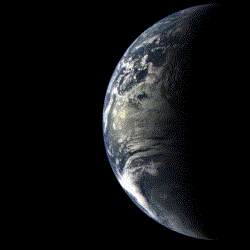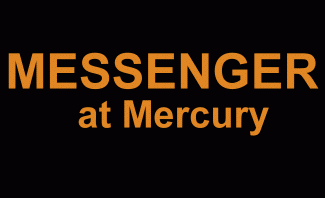 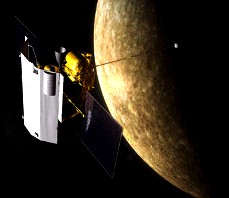 Mercury is the smallest and densest of the four inner planets, the one with the oldest surface and the biggest extremes in daily temperature. It is also the least explored; the only spacecraft to have visited Mercury prior to Messenger was Mariner 10 in 1974.  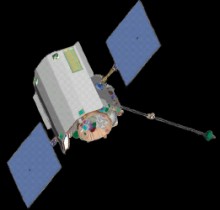 Messenger took a most extraordinary route in getting to Mercury. Messenger started out at the orbit of the Earth, and had to change its speed considerably in order to match that of Mercury, which is much closer to the Sun and moving much more quickly. Messenger followed a great looping orbit around the Sun, ending up at the spot where Mercury was four years later. Messenger took a most extraordinary route in getting to Mercury. Messenger started out at the orbit of the Earth, and had to change its speed considerably in order to match that of Mercury, which is much closer to the Sun and moving much more quickly. Messenger followed a great looping orbit around the Sun, ending up at the spot where Mercury was four years later.To do this, it passed closely by Venus twice on its way inwards; the gravitational force of Venus changed Messenger's orbit enough to send it further inwards towards Mercury. Once it reached Mercury, Messenger used that planet's gravity to loop past the planet (three times in 2008 and 2009), mapping the entire planet in full colour and measuring its magnetic field and atmosphere. A course correction placed it in orbit around Mercury in 2011. Messenger's 12-month orbit took two Mercury 'days'; one Mercury day, from sunrise to sunrise, is about 176 Earth days long. (Mercury rotates very slowly). From its orbit above Mercury, Messenger continued to send data and images from that planet back to Earth. Instrumentation on the spacecraft included the following:
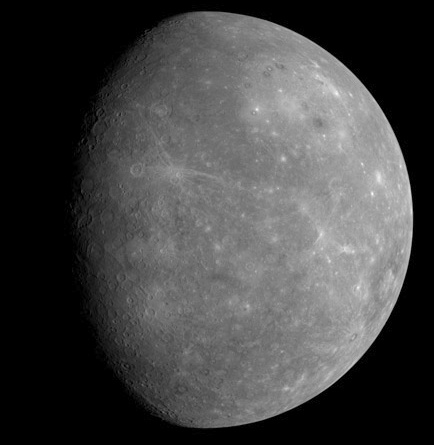
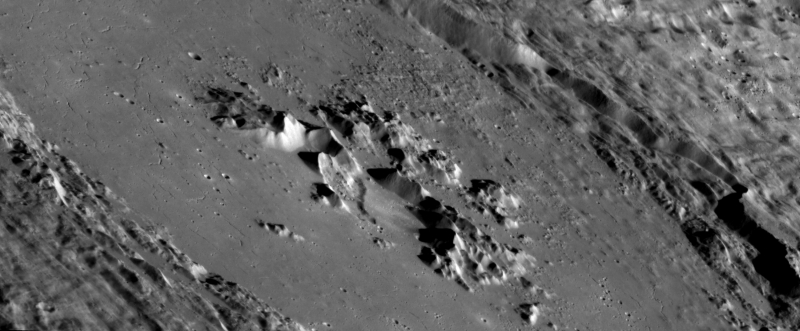 A highly oblique view shows the features in Abedin crater. Its floor is covered with once-molten rock melted by the impact event that formed Abedin. Cracks that formed as it cooled are visible. The shallow depression that lies in the central peaks of the crater may be volcanic in origin. Color imaging shows that this depression is surrounded by reddish material, as at other sites of explosive volcanism across Mercury. The Messenger spacecraft was the first ever to orbit the planet Mercury, and the spacecraft's seven scientific instruments and radio science investigation helped us discover the history and evolution of the planet. In more than four years of orbital operations, the spacecraft acquired over 250,000 images and other data. Its highly successful orbital mission came to an end as it ran out of propellant, and the force of the sun's gravity causes it to impact the surface of Mercury in 2015 at a speed of more than 3.91 kilometers per second. |
